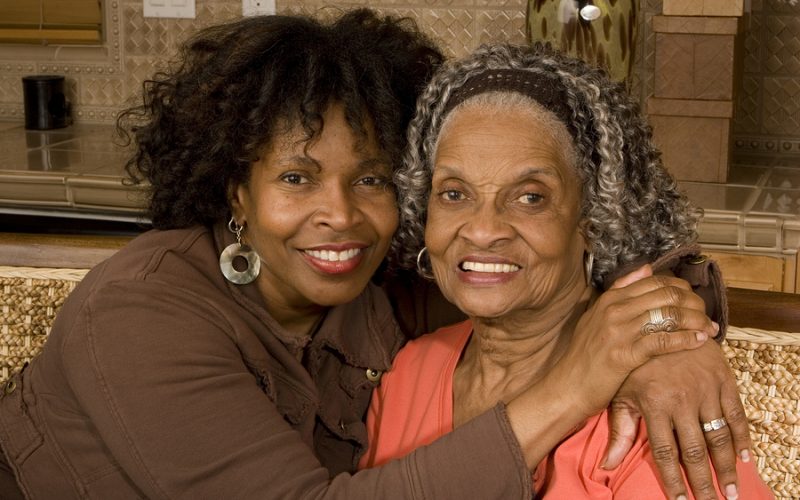The Consumer-Directed Personal Assistance Program (CDPAP), officially instituted in New York in the 1990s, has become a prominent example of the effectiveness, responsibility, and efficiency offered by the self-directed personal care programs that have swept much of the US.
The CDPAP Program allows Medicaid consumers the ability to control the home care they receive by hiring and paying almost anyone they want, which can include any member of the family besides his/her spouse.
With such a positive reputation, and by providing such a useful example for other states’ plans, a helpful lens through which to look at this policy is found in the personal experiences therewith, with patients, as well as caretakers, ILCs, and governments, benefiting from this fiscally-responsible personal care program.
With this in mind and recognizing the macro- and micro-level benefits that can be derived from consumer-directed personal care, what follows is a brief look at some positive personal stories of the CDPAP’s benefits and the individual level benefits that make these kinds of programs so important.
Margie’s story perhaps stands out more so than the typical case of CDPAP utilization; after having experienced agency-directed care for around 20 years, she switched to the CDPAP program so as to empower herself and enhance her quality of care.
Specifically, she made the choice to switch to consumer-directed care so that those caring for her would decide ‘nothing about me – without me’. Margie’s experience was one of initial trial and error but, once the proper management of this program became clear, the quality and comfort she felt with her care led to general satisfaction in the control over decisions regarding who cares for her and how.
For Monica, whose entrance into the CDPAP pool took some time, the assurance of knowing and trusting those helping her with her day-to-day tasks makes a huge difference to her ability to live a normal, enjoyable life.
With four children, further, the ability to rely on and trust someone who, unlike herself, was not physically impaired and was thus capable of aiding her as well as easing her burden makes a huge difference in security and peace of mind.
For Michelle, a quadriplegic and mother, the reliability and consistency of her care under CDPAP is invaluable to her independence and living a relatively normal life. In her own words, ‘with the CDPAP, I am in complete control of my own healthcare…Because of the CDPAP, not only do I now have a life, and one with my daughter, but I’m finally able to give my mom her life back’. By enabling her to choose and schedule her care around her needs and schedule, therefore, she no longer has to rely on non-personal professionals or on the help of her mother to pick up the slack.
These three cases, provided by New York’s Consumer-Directed Personal Assistance Association, elucidate the clear benefits from this program and demonstrate that, beyond the fiscal or efficient purposes for implementing such an approach, there is a very real personal level to the CDPAP.
While providing significant cost-savings through a uniquely effective program design and ‘savings net’, the CDPAP further ‘empowers self-directing seniors, people with disabilities, or their designated representatives to recruit, hire, train, supervise, and terminate their choice of personal assistant home care worker’.
This dual-benefit and the very significant implications for individual livelihoods cannot be underestimated and, indeed, makes New York’s CDPAP, and programs like it, a model for innovative care and for alleviating the burden for care from the shoulders of patients and their families.
There are many like Margie, Monica, and Michelle who suffer from physical limitations and yet require a sense of normalcy, predictability, and reliability when it comes to their day-to-day lives and care. Choosing their own caretaker can help ensure this and can play a major role in giving such patients their lives back.





















